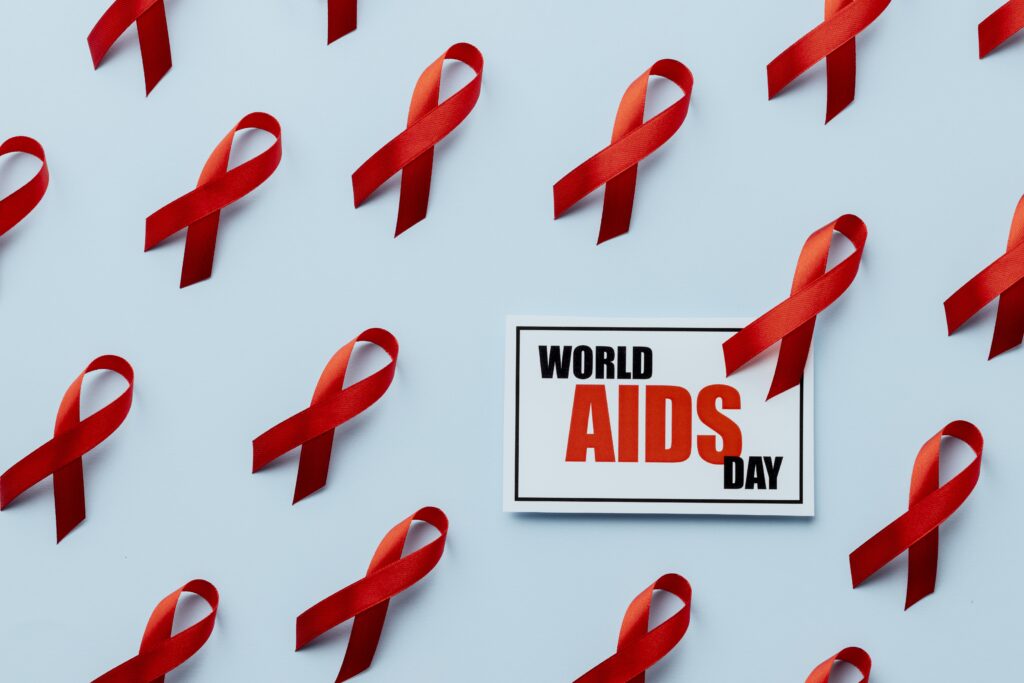Uniting in the Fight: World AIDS Day

On December 1st each year, the world comes together to observe World AIDS Day, a day dedicated to raising awareness, showing support for people living with HIV/AIDS, and commemorating those we’ve lost. This day is more than a reminder of the ongoing global HIV/AIDS pandemic; it’s a call to action, a message of hope, and a commitment to ending the stigma and discrimination surrounding the disease. Let’s delve into the significance of World AIDS Day and the steps we can take to make a difference.
Understanding the Importance of World AIDS Day:
- Raising Awareness: World AIDS Day serves as a platform to raise awareness about HIV/AIDS, providing information on prevention, treatment, and care. By understanding the facts, we can dispel myths and reduce stigma.
- Supporting Those Affected: This day offers an opportunity to show support for people living with HIV/AIDS and their loved ones. It’s a reminder that they are not alone in their journey.
- Remembering the Lost: World AIDS Day is a time to remember and honor those who have lost their lives to AIDS-related illnesses. Their memory inspires our commitment to ending the disease.
- Advocating for Change: It’s a day to advocate for change, to call on governments, organizations, and individuals to take action to prevent new infections, improve access to treatment, and end discrimination.
The Global Impact of HIV/AIDS:
HIV/AIDS is a global pandemic that has affected millions of people. Substantial progress has been made in the fight against the disease, but challenges remain. Key facts include:
- Approximately 38 million people are living with HIV worldwide.
- Since the beginning of the epidemic, over 75 million people have contracted HIV, and nearly 33 million have died from AIDS-related illnesses.
- Significant advancements in treatment, such as antiretroviral therapy (ART), have transformed HIV from a death sentence to a manageable chronic condition.
Taking Action on World AIDS Day:
- Get Tested: Knowing your HIV status is a vital first step. Regular testing and early detection can make a significant difference.
- Prevention: Practicing safe sex, using clean needles for injections, and taking pre-exposure prophylaxis (PrEP) are key prevention measures.
- Education: Stay informed about HIV/AIDS, share accurate information with others, and challenge stigma and discrimination.
- Support Organizations: Donate to or volunteer with organizations dedicated to HIV/AIDS research, prevention, and support for affected communities.
- Advocate: Join advocacy efforts to improve access to treatment, remove discriminatory laws and policies, and reduce stigma.
- Get Involved: Participate in local events, discussions, and activities organized for World AIDS Day.
Conclusion:
World AIDS Day is a reminder that we are all part of the solution in the fight against HIV/AIDS. By raising awareness, showing support, advocating for change, and getting involved, we can bring about a world without new HIV infections and without the stigma and discrimination associated with the disease. It’s a day of unity and hope, a day that encourages us to stand together in the face of a global health challenge, because together, we can make a difference.
